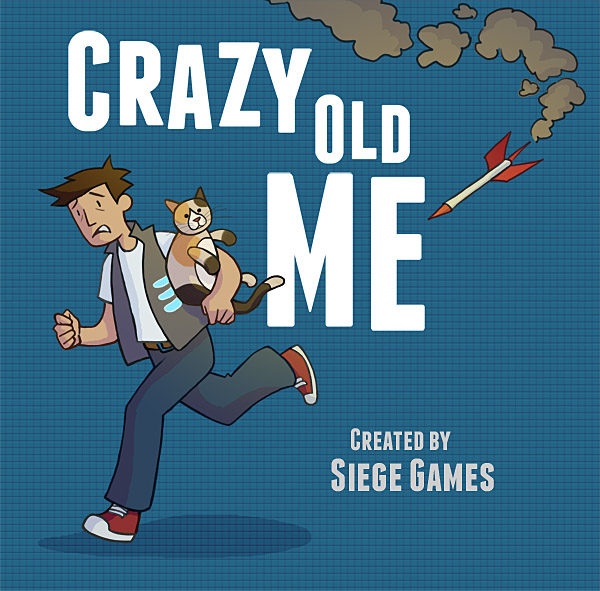I have been rambling on about this sandbox project being mod friendly, but I haven’t given any details. How will the mods work? What will they look like? I want to take the time to answer these – please bare with me as this is more technical than previous posts. Mods will work through the power of Python, a scripting language, and a component-based engine. Each piece of content has its own text file that describes how to create it in game. This file is actually a python script. I will touch on why this is so important soon. The content definition file is very readable and I am doing my best to simplify it. Before digging in too deep lets look at an example – a simple pickaxe.
name = 'Pickaxe'
render = Render('mods/base/item/pickaxe.png', SpriteData("Pickaxe"))
add(render)
item = Item()
#How many of this item can stack in one inventory slot.
item.stack = 1
#How often the item can be used. This is in milliseconds.
item.delay = 200
add(item)
#Adding a craft component enables players to craft the item
craft = Craft('tool')
craft.add('mods/base/tile/stone.py', 2)
craft.add('mods/base/tile/wood.py', 3)
add(craft)
#Tool components makes the item be able to break down compatable tiles
tool = Tool()
#Each tile has a life amount that is decreased by tool's power - once zero the tile breaks
tool.power = 1
#How far can the tool reach - this is in pixels (tiles are 24x24 pixels)
tool.reach = 125
#Which tiles the tool is compatable with. This can list tile groups ("soil") or specific tile names ("stone")
tool.compatable = ['soil', 'stone', 'sand']
add(tool)
Any content created in game is known as an ‘entity’ and each entity is composed of one or more components. Every component has a specific function such as a render component is used to render the entity to the screen and a craft component is used to provide information on how to craft the item. An entity can have any combination of components added or removed from it, which makes the system very modular. At entity creation the content script, such as the above pickaxe script, components are added with the add() function – such as add(render). You’ll see that a pickaxe is composed of a render, item, craft and tool components. Don’t want the pickaxe to be craftable anymore? Simply remove the craft component. Remember how I said that this is a python script? Because of this it opens up all kinds of doors. Some components will provide the power to define custom functions. What this means is that content can have unique logic inside of it. Here is one quick example.
Say you decide you really hate monsters attacking you while you’re trying to mine for some copper. You’re a simple man with simple pleasures. You don’t ask for much. Then suddenly you have an idea – lets make a new piece of equipment that insta-kills any monster that comes in contact with you. This can easily be done by adding in a custom OnHit function to your newly crafted equipment piece. You won’t worry about those monsters anymore as they squirm on the ground in agony at your feet.
If I lost you with my first mention of functions, then don’t worry because as I have previously said, all of the included game content will be a mod. Consequently, there will be plenty of examples to copy from. Also we’ll do our best to provide lots of documentation on modding. This is just one example of the true power of modding.



